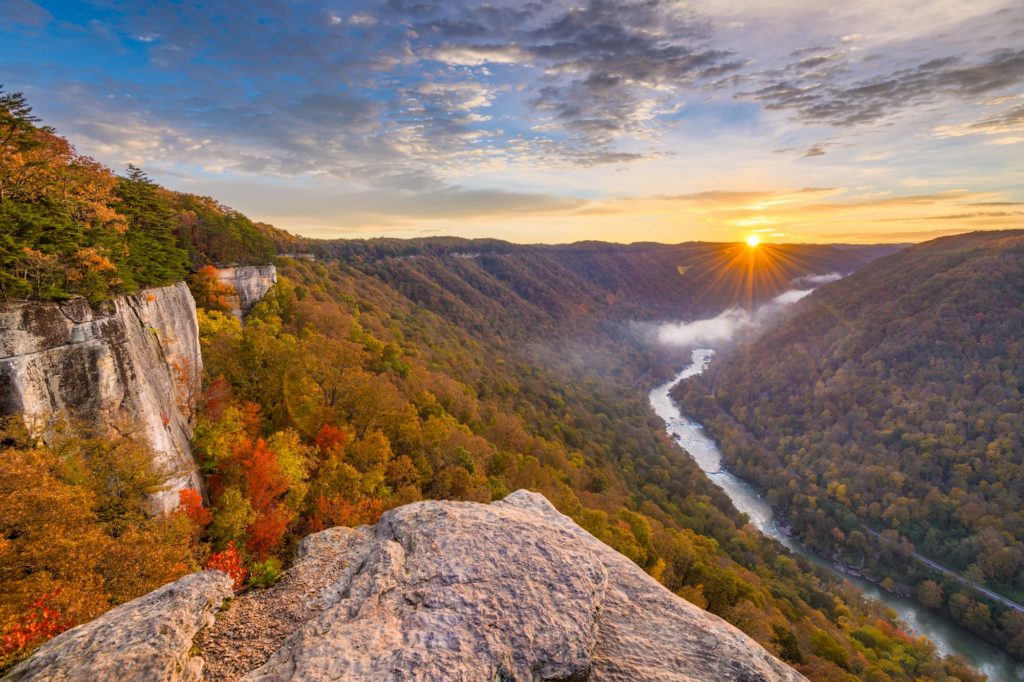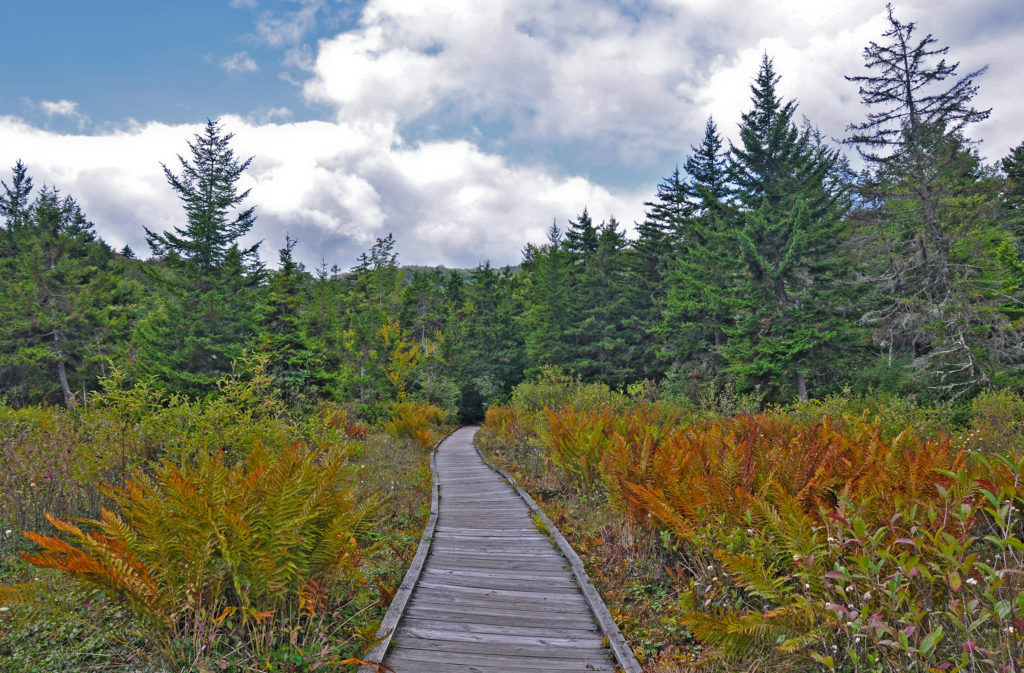by Kristen Bailey
“Come all you people and listen to me…” sang Maggie Hammons Parker of Pocahontas County, West Virginia. This lyrical call to action by a member of the illustrious musical family invites the listener to pull up a chair to receive vital information — perhaps a story, perhaps a warning, perhaps a gift — all offered through song. A recent exhibit developed in coordination with West Virginia University’s Public History Department and the Royce J. and Carolyn B. Watts Museum, currently on display at Cass Scenic Railroad State Park, took that call to action and examined the intersection of culture and history to uncover the world of the logger in Pocahontas County, as remembered in the region’s music.
WVU’s Public History department regularly seeks out projects which encourage graduate students to research and develop lines of inquiry on important local and state historical matters. The Pocahontas County Convention and Visitor’s Bureau linked Director of Public History, Dr. Melissa Bingmann with its Bicentennial Committee, with an offer extended to students who might be interested in contributing original research as part of that celebration. Over the past several semesters, graduate students have visited Pocahontas County in search of valuable histories from the region.
A visit to the town of Cass frequently prompts West Virginians to think about the role of the timber industry in the state’s economy, and it similarly inspired WVU graduate students. With the presence of the what was formerly the Pocahontas Supply Company standing prominently in the middle of the small haven of neat, white, company homes, the connection between industry and life in the forests of the Allegheny Highlands was clear. Looking for histories which reached below the surface of traditional narratives of extraction, researchers began to explore the world of the laboring logger and the cultural richness that came into the region alongside saws and axes.
PhD candidate and curator of the Watts Museum, Danielle Petrak had an idea to develop a museum exhibit to explore the influence of the timber industry as preserved by the songs associated with people who lived and worked in the Allegheny Highlands during the height of the timber boom (1880–1930). Kristen Bailey, a third-year PhD student, and Andrew Linderman, a recent MA graduate, wrote and received a major grant from the West Virginia Humanities Council. Petrak guided an exhibition design class, and then worked closely with Bailey to develop research and a cohesive narrative for the project, thus Timber/Timbre: Falling Trees and Rising Voices—Music and Logging in West Virginia, 1880–1930, was born.

Central to the project’s research was the gathering of folk songs sung by and about loggers in the Allegheny Highlands. Sourced from the West Virginia and Regional History Center’s (WVRHC) folk music collections, lyrics, and audio of songs by and about loggers are featured in the exhibit’s exploration of life in the timber camps of the region. Visitors can explore the ways that loggers shared tales of bravery and comradery through songs like “The Jam at Jerry’s Rocks,” which was collected from Webster County:
It was on a Sunday morning,
In the springtime of the year,
Our logs they piled up mountain high,
We could not keep them clear.
Songs from the pre-boom, boom, and post-boom periods are prominent in the exhibit, to provide context about the seismic shifts that happened as a result of industrial timber coming in to, and then ultimately, leaving the region.
The exhibit, which opened at Cass Scenic Railroad State Park on June 5, 2021, will later move to the McClintic Branch of the Pocahontas County Library system from October–December 2021, and then to Davis and Elkins College. The museum exhibit, which explores the influence of the timber industry in song, will be accompanied by monthly cultural programming developed by Bailey, including events which highlight camp cooking, camp tools, and music. The museum exhibit and all cultural events are free and open to the general public.
References
“A Life’s History,” by Maggie Hammons Parker. Carl Fleishhauer and Alan Jabbour, editors, The Hammons Family: A Study of a West Virginia Family’s Traditions, (Washington, DC: Library of Congress, 1973), 42.
ID #000374, View Looking West Showing Company Store, Ice House, Lumber Yard, and Houses, https://wvhistoryonview.org/catalog/000374.
This project is presented with financial assistance from the West Virginia Humanities Council, a state affiliate of the National Endowment for the Humanities. Any views, findings, conclusions, or recommendations do not necessarily represent those of the West Virginia Humanities Council or the National Endowment for the Humanities. Additional funding has been provided by the WVU Humanities Center.
The Jam at Jerry’s Rock, Collected by Patrick Gainer from Patrick Starcher, Bolair, Webster County.
ID #000045, Spruce Lumber Company Woods Crew at Camp, Cass, W. Va., c. 1910, https://wvhistoryonview.org/catalog/000045.
Photo credit, Elizabeth Satterfield.


















